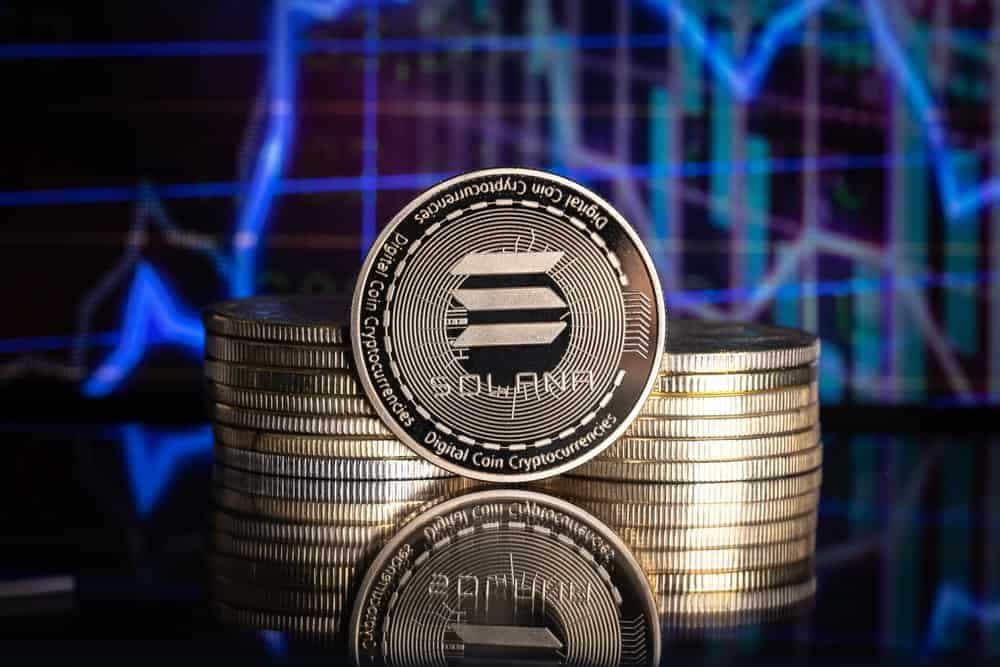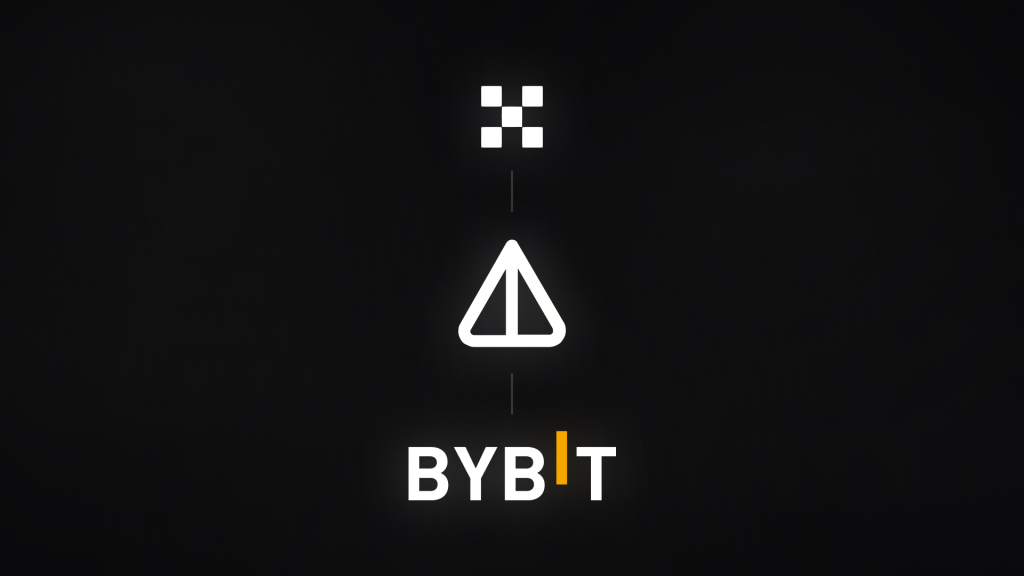Cryptocurrencies are constantly evolving and competing with each other for market share, innovation, and adoption. Among the thousands of coins and tokens available, two of them stand out for their distinctive features and performance: Solana and Litecoin.
Solana is a public blockchain network that supports smart contracts, decentralized applications, and non-fungible tokens. It claims to be the fastest blockchain in the world, with a throughput of over 50,000 transactions per second and an average confirmation time of less than a second. Solana also boasts a low-cost fee structure, a scalable architecture, and a robust ecosystem of projects and partners.
Litecoin is one of the oldest and most popular cryptocurrencies in existence. It was created in 2011 as a fork of Bitcoin, with the aim of providing faster transactions, lower fees, and more accessibility. Litecoin uses a proof-of-work consensus algorithm that is different from Bitcoin’s, making it more resistant to mining centralization and enabling more efficient processing of transactions.
Both Solana and Litecoin have their own advantages and disadvantages, and choosing one over the other depends on various factors such as your investment goals, risk appetite, and personal preference. In this article, we will compare these two coins and networks based on some key criteria such as price performance, market capitalization, technology, security, adoption, and future potential.
Price Performance
One of the most obvious ways to compare cryptocurrencies is by looking at their price movements over time. While past performance is not indicative of future results, it can give us some insights into how the market values these assets and how they react to different events and trends.
According to CoinMarketCap, Solana has been one of the best-performing cryptocurrencies, reaching an all-time high of $260.06 on November 07, 2021. Solana’s impressive rally has been driven by several factors, such as its high-speed and low-cost transactions, its growing ecosystem of projects and partners, its integration with leading platforms such as Serum, and its support from influential investors such as Anatoly Yakovenko.
Litecoin, on the other hand, has been relatively stable in 2023, trading between $50 and $100 for most of the year. Litecoin’s moderate performance has been influenced by several factors, such as its limited innovation compared to other coins, its competition from newer and faster alternatives, its lack of institutional adoption and support, and its dependence on Bitcoin’s price movements.
As of August 24, 2023, Solana has a market capitalization of $8.66 billion, ranking nineth among all cryptocurrencies. Litecoin has a market capitalization of $4.7 billion, ranking sixteenth among all cryptocurrencies.

Technology
Another way to compare cryptocurrencies is by looking at their underlying technology and how they solve the challenges of scalability, security, and decentralization. These are some of the most important aspects of any blockchain network, as they determine its performance, reliability, and potential.
Solana uses a novel consensus mechanism called Proof of History (PoH), which allows it to achieve high-speed and low-cost transactions without compromising security or decentralization. PoH is a way of encoding time into the blockchain, creating a historical record of events that can be verified by anyone. PoH works in combination with other protocols such as Proof of Stake (PoS), Tower BFT, Turbine, Gulf Stream, Sealevel, Pipelining, Cloudbreak, and Archivers to enable Solana to process thousands of transactions per second across a network of over 1,000 validators.
Litecoin uses a traditional consensus mechanism called Proof of Work (PoW), which requires miners to compete for the right to add new blocks to the blockchain by solving complex mathematical problems. PoW is a proven and secure way of reaching agreement among nodes, but it also has some drawbacks such as high energy consumption, low transaction throughput, and vulnerability to mining centralization. Litecoin tries to mitigate these issues by using a different hashing algorithm than Bitcoin’s, called Scrypt, which is more memory-intensive and less prone to ASIC domination .
Both Solana and Litecoin have their own strengths and weaknesses when it comes to technology. Solana offers a cutting-edge and innovative solution that aims to overcome the limitations of traditional blockchains, but it also faces some trade-offs and risks such as complexity, dependency on PoH clock synchronization, and exposure to smart contract bugs and exploits. Litecoin offers a simple and reliable solution that follows the footsteps of Bitcoin, but it also struggles to keep up with the pace of innovation and adoption in the crypto space.
Security
Security is another crucial factor to consider when comparing cryptocurrencies, as it reflects their ability to withstand attacks and ensure the safety of users’ funds and data. Security depends on various factors such as the consensus algorithm, the network size, the code quality, and the governance model.
Solana claims to provide a high level of security through its PoH-PoS hybrid consensus, which makes it resistant to common attacks such as 51% attacks, double-spending attacks, and censorship attacks. Solana also has a bug bounty program that rewards developers for finding and reporting vulnerabilities in its code . However, Solana is not immune to security breaches, as evidenced by some incidents that occurred in 2021 and 2022, such as the Raydium hack that resulted in the loss of $25 million worth of tokens , the Grape Protocol exploit that allowed an attacker to mint unlimited tokens , and the network outage that lasted for 17 hours due to a denial-of-service attack .
Litecoin also claims to provide a high level of security through its PoW consensus, which makes it difficult for attackers to manipulate or disrupt the network. Litecoin also benefits from its long history and reputation as one of the most secure and stable cryptocurrencies in existence. However, Litecoin is not immune to security breaches either, as evidenced by some incidents that occurred in 2019 and 2020, such as the dusting attack that targeted thousands of Litecoin users , the fake Litecoin Foundation website that scammed users out of their funds , and the Mimblewimble privacy protocol that was found to have a critical flaw .
Both Solana and Litecoin have their own challenges and opportunities when it comes to security. Solana faces more risks due to its complexity and novelty, but it also has more room for improvement and innovation. Litecoin faces less risks due to its simplicity and maturity, but it also has less potential for growth and development.
Adoption
Adoption is another important factor to consider when comparing cryptocurrencies, as it reflects their popularity, utility, and demand among users, developers, and investors. Adoption depends on various factors such as the network effect, the user experience, the innovation, and the regulation.
Solana has seen a rapid growth in adoption in 2023, attracting many users and developers who are looking for a fast, cheap, and scalable platform to build and use decentralized applications. Solana has also gained the attention and support of some of the leading players in the crypto industry, such as FTX, Serum, Audius, Metaplex, Pyth Network, and Wormhole. Solana has also benefited from the surge in interest and demand for non-fungible tokens (NFTs), which are digital assets that represent unique and scarce items such as art, music, collectibles, and gaming items. Solana has hosted some of the most successful and popular NFT projects in 2023, such as Degenerate Ape Academy, Solana Monkey Business, Aurory, and Solarians.
Litecoin has also seen a steady growth in adoption in 2023, attracting many users and investors who are looking for a reliable, secure, and accessible alternative to Bitcoin. Litecoin has also leveraged its compatibility and interoperability with Bitcoin to enable cross-chain transactions and integrations with other platforms and services. Litecoin has also enhanced its functionality and privacy by implementing new features and protocols such as Mimblewimble Extension Blocks (MWEB), which are a separate chain of blocks that run alongside the main Litecoin chain and allow users to transact with improved scalability and anonymity.
Both Solana and Litecoin have their own advantages and disadvantages when it comes to adoption. Solana offers a more advanced and versatile platform that caters to the needs and preferences of the modern crypto user and developer, but it also faces more competition and regulation from other platforms and authorities. Litecoin offers a more simple and stable platform that appeals to the traditional crypto user and investor, but it also struggles to innovate and differentiate itself from other platforms.

Future Potential
The future potential of cryptocurrencies is hard to predict, as it depends on many factors that are uncertain and dynamic. However, based on the current trends and developments, we can try to make some educated guesses about how Solana and Litecoin might perform in the future.
Solana has a lot of potential to become one of the leading platforms in the crypto space, as it offers a unique combination of speed, scalability, security, and innovation. Solana has a clear vision and roadmap for its future development, which includes improving its network performance and stability, expanding its ecosystem and partnerships, launching new features and products such as Wormhole 2.0 (a cross-chain bridge that connects Solana with Ethereum, Binance Smart Chain, Terra, Polygon, etc.), Star Atlas (a massive multiplayer online game that runs on Solana), Solend (a decentralized lending protocol that leverages Solana’s speed), etc. Solana also has a strong community and network effect that supports its growth and adoption.
Litecoin also has some potential to maintain its position as one of the top cryptocurrencies in the market, as it offers a proven and reliable solution that complements Bitcoin. Litecoin has a loyal fan base and user base that values its simplicity and stability. Litecoin also has some room for improvement and innovation, which includes completing its MWEB implementation (which is expected to launch by the end of 2023), increasing its adoption among merchants and consumers (which is facilitated by its partnership with PayPal), exploring new use cases and opportunities (such as digital identity, smart contracts, decentralized finance (DeFi), etc.), etc. Litecoin also has a solid foundation and reputation that supports its credibility and legitimacy.
Conclusion
In conclusion, Solana and Litecoin are two different cryptocurrencies that have their own strengths and weaknesses. There is no definitive answer to which one is better or more promising than the other, as it depends on your personal goals, preferences, and expectations. However, based on our analysis of their price performance, technology, security, adoption, and future potential, we can say that:
- Solana is more suitable for users who are looking for a fast, cheap, scalable, innovative, versatile, high-risk, high-reward cryptocurrency that enables them to access the latest trends and developments in the crypto space.
- Litecoin is more suitable for users who are looking for a reliable, secure, accessible, simple, stable, low-risk, low-reward cryptocurrency that complements Bitcoin.
Ultimately, the choice is yours. You can also diversify your portfolio and invest in both Solana and Litecoin, as they offer different benefits and opportunities. However, before you make any investment decision, you should always do your own research, analysis, and due diligence, as the crypto market is volatile and unpredictable.
Thank you for reading this article. We hope you found it informative and interesting. If you have any questions, comments, or feedback, please feel free to contact us or leave a comment below. We would love to hear from you.
Disclaimer: This article is for informational and educational purposes only. It is not intended to provide financial, investment, or legal advice. You should always consult your own financial advisor, lawyer, or tax professional before making any investment decision.





